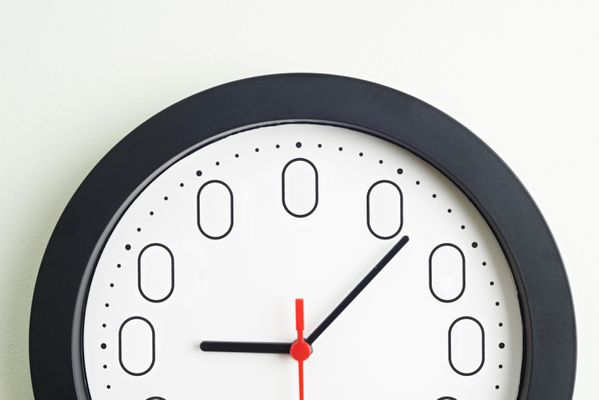4.1.1
Overview - Section B
Paper 1, Section B: Creative or Descriptive Writing
Paper 1, Section B: Creative or Descriptive Writing
In Section B of Paper 1, you will be given two questions - a written scenario and a picture stimulus - to choose from. You will select one thing to write about.


Links with Section A
Links with Section A
- The writing section (Section B) will be linked to the reading materials in Section A – try to use some information from section A, but do not just copy it!


Tips for answering Section B
Tips for answering Section B
- Choose ONE task – do not do both!
- Write in paragraphs.
- Read the instructions very carefully – check if you are writing a description or a narrative piece.
- A narrative piece follows a story line – it has action and tells the reader about some sort of experience that happened (either real or fake).
- A descriptive piece uses more sensory detail (sight, sound, smell, taste, touch) to describe a place, person or feeling. There is no story line.
- We will cover these two types of pieces in more detail later.


Timings for Section B
Timings for Section B
- Spend 10 minutes planning your ideas before you start writing your answer – this plan can take whatever form you like (spider diagram, bullet points, etc) because it will not be marked.
- Spend 30 minutes writing your answer.
- Spend 5 minutes checking – focus on spelling, punctuation, and whether or not your sentences make sense.


Marks for Section B
Marks for Section B
- Section B is worth 40 marks.
- Spelling, punctuation and grammar is worth 16 marks.
1Key Terms
2Language Techniques
2.1Language Devices
3Paper 1: Reading
4Paper 1: Writing
5Paper 2: Reading
5.1DAFORESTER
6Paper 2: Writing
6.1Structuring Your Answer
6.2Types of Writing
6.3Writing to...
6.3.1Writing to Inform
6.3.2Writing to Inform - Example
6.3.3Writing to Explain
6.3.4Writing to Explain - Example
6.3.5Writing to Persuade
6.3.6Writing to Persuade - Example
6.3.7Writing to Argue
6.3.8Writing to Argue - Example
6.3.9Writing to Persuade vs Writing to Argue
6.3.10Writing to Advise
6.3.11Writing to Advise - Example
6.3.12End of Topic Test - Writing to...
6.3.13Exam-Style Questions - Paper 2: Writing
Jump to other topics
1Key Terms
2Language Techniques
2.1Language Devices
3Paper 1: Reading
4Paper 1: Writing
5Paper 2: Reading
5.1DAFORESTER
6Paper 2: Writing
6.1Structuring Your Answer
6.2Types of Writing
6.3Writing to...
6.3.1Writing to Inform
6.3.2Writing to Inform - Example
6.3.3Writing to Explain
6.3.4Writing to Explain - Example
6.3.5Writing to Persuade
6.3.6Writing to Persuade - Example
6.3.7Writing to Argue
6.3.8Writing to Argue - Example
6.3.9Writing to Persuade vs Writing to Argue
6.3.10Writing to Advise
6.3.11Writing to Advise - Example
6.3.12End of Topic Test - Writing to...
6.3.13Exam-Style Questions - Paper 2: Writing
Unlock your full potential with Seneca Premium
Unlimited access to 10,000+ open-ended exam questions
Mini-mock exams based on your study history
Unlock 800+ premium courses & e-books